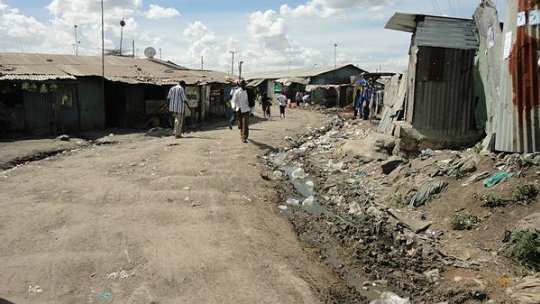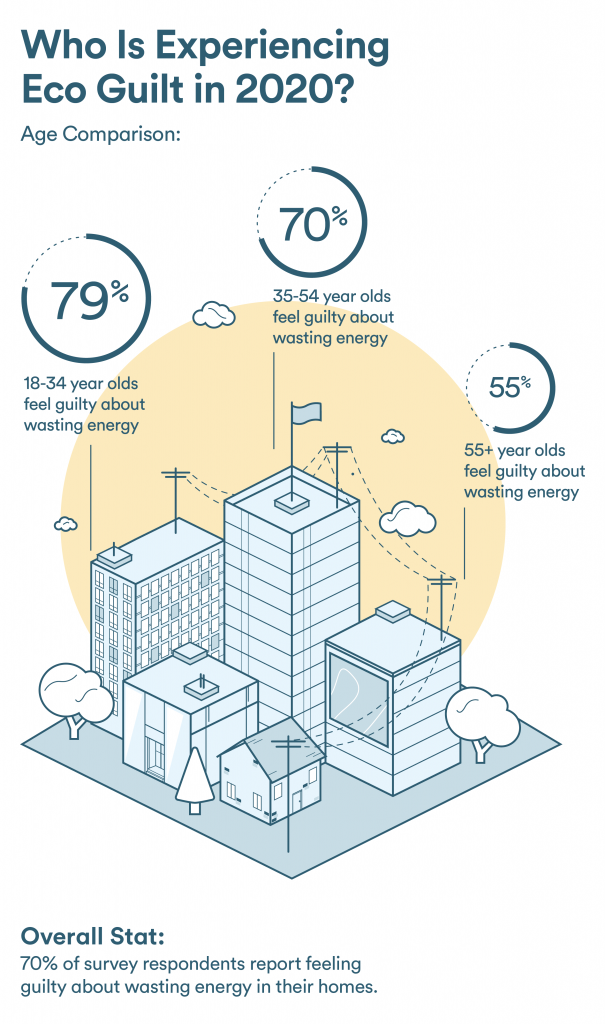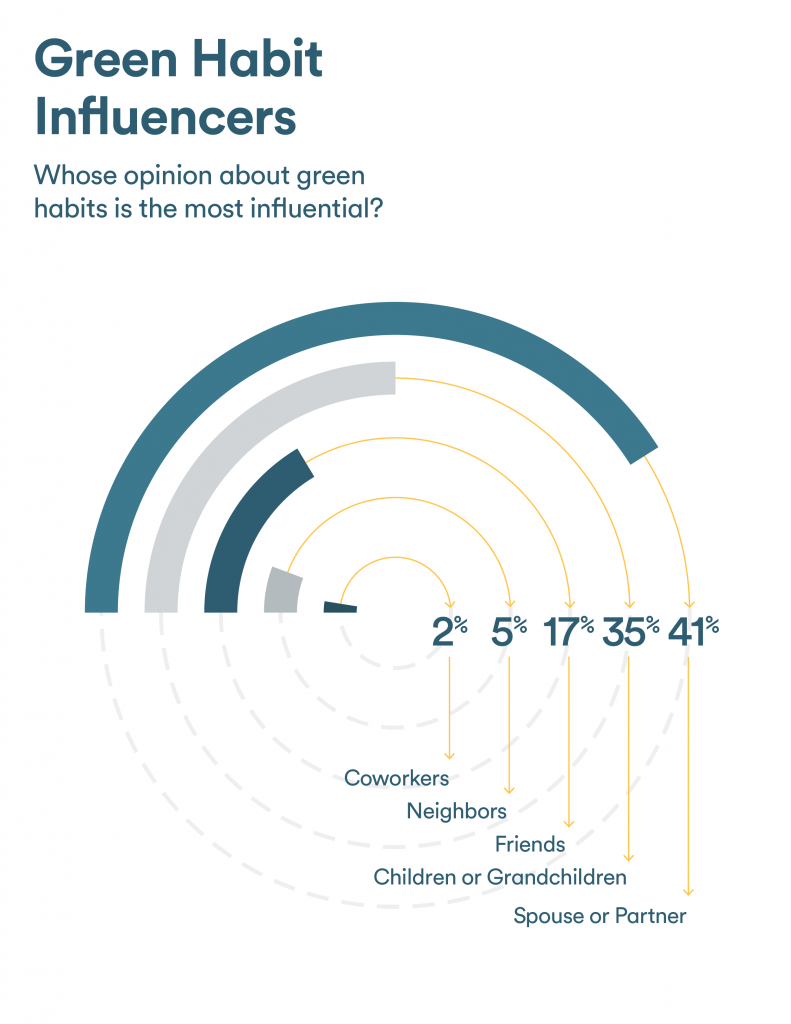In Kenya, participatory mapping makes it possible for indigenous knowledge to be included in planning and policy where for too long it
was excluded, showing technology can bring people’s voices to power.
Isiolo County in northern Kenya’s arid and semi-arid region is typical of many dryland landscapes. Pastoralists face increasing challenges to ensure their animals have enough pasture and water in an environment characterized by variable and unpredictable rainfall.
The fact that publicly accessible, quality drinking water for people and livestock is scarce – due to high demand and low supply exacerbated by climate change and years of underinvestment in local water infrastructure – makes this challenge even greater.
One of the obstacles to effective climate-resilient development is the lack of appropriate tools for planning and institutional weaknesses within local governments. Proper planning and structures and climate financing the mechanism can ensure that people’s priorities and their deep customary institutional knowledge is integrated into planning to ensure that people can have thriving livelihoods despite the increasing impacts of climate change.
The process of participatory mapping shows how technology can be used to enable community members to express local knowledge in a way that the government understands. In Kenya it is clear: maps have been instrumental in helping to address power imbalances and enable indigenous knowledge to be recognized and incorporated into planning and policy where for too long it was excluded.
This mechanism enables community institutions to make decisions about how climate adaptation funds are spent and introduces participatory planning and decision-making tools so local priorities and knowledge are included in government policy and implemented. It has been key to making it possible to digitally map Isiolo’s resources in a way that is truly participatory.
In 2013, when the first fund was established in Isiolo County with DFID support, Ada Consortium partners held workshops with government officials, CCCF Ward County Climate Planning Committee representatives and traditional leaders to carry out participatory digital resource mapping to pinpoint the location and quality of key resources.
By bringing communities and government officials together to explain and digitally map soil types, grazing areas, drought reserves, water points and their quality, as well as potential farming areas, county government facilitators could map customary natural resource management regimes based on the planned mobility of livestock to carefully chosen grazing areas.
In the process of developing the maps, they learnt the importance of the Dedha, a customary council of elders responsible for regulating communal grazing reserves on a flexible, seasonal basis, depending on availability of resources and local need – and a key source of local information.
The maps show how poorly placed water sources were driving overgrazing. For example, the water points at Kinna township, a sub-county drought reserve that borders Meru National Park, and Yamicha in nearby Merti township, were shown to be providing permanent water access to an area traditionally designated as a drought reserve.
Using participatory digital resource maps have helped change this. The maps provide evidence for the value of closing some water points, demonstrating the need for the Dedha’s customary knowledge to support decision making and maintain sustainable grazing regimes. As a result, the Ward County Climate Planning Committees have used CCCF funds to support the Dedha to function, and to close or reopen water points in line with local strategic priorities.
By allowing them to choose what resources to map and how to map them, they make processes or areas of interest visible that are not typically seen by government officials – including customarily restricted grazing reserves, livestock routes, spiritual sites and informal trading spaces that they feel are important to protect. The maps strengthen the voices and ability of people to protect sites that matter.
\
This is important, because it is customary institutions and rules that dominate how people manage variability and unpredictability across Kenya. These institutions have developed sustainable approaches to managing their landscapes out of necessity, and often shape the way people use resources, but are not formally recognised by government.
As a result of this process of participation, local expertise can be expressed in a language that government uses, translating informal knowledge into formal policy and planning. Their digital, publicly verifiable nature increases accountability, by making clear the evidence on which decisions are being made.
In 2016, the maps informed the development of the Isiolo Customary Natural Resource Management Bill and were used as evidence justifying the designation of grazing areas. Significantly, it also allocates responsibility to the Dedha elders for coordinating the country’s natural resources, ensuring they are conserved and protected, applying traditional penalties for rule breakers and escalating to the formal courts If necessary
To date, the bill has run into the messy reality of county government politics. Political parties with allegiances to particular ethnic groupings, each with their own customary grazing systems, want to make sure that one pastoralist group’s customary rules are not given prominence over others.
All sides want to make sure that the bill reduces, rather than fuels, conflict. Getting the bill through the county legislative process will require further negotiation between political representatives to recognise the multiple grazing regimes in place and to develop a fair representation that remains sustainable.
Neighbouring Wajir County, which has also set up a CCCF, has already established a GIS Mapping Lab to solve that challenge.
Gender considerations are also important. One of the challenges is to involve women and to ensure that the information that is gathered is gender balanced. The Dedha is dominated by older men and traditionally views women as peripheral to customary decision making, leaving women without the right to make decisions about livestock or land.
As a result, the different challenges that men and women face from climate change or resource scarcity are typically ignored, because women are not in the room during key decision-making about land management or the design of water points and their placement.
The challenge is to ensure that the map-making process recognises and incorporates multiple perspectives and encourages dialogue.
These issues can only be addressed through using a patient approach. While women are increasingly represented in formal spaces, the path to representation in customary spaces is still unclear and the process is slow.
With new CCCFs introduced in neighbouring Wajir, Garissa, Makueni, Kitui, Vihiga and, most recently, Tharaka Nithi, this process will be duplicated, increasing the potential for shifting entrenched power structures.
The fact that government in Kenya is decentralised also means that local governments can independently choose to use the maps to inform planning – integrating the perspectives of historically marginalised groups into government action, bringing the people’s voices to power.
This blog was originally posted on the From Poverty to Power website.
was excluded, showing technology can bring people’s voices to power.
Pastoralists in Isiolo County, Kenya recorded their knowledge and use of
drylands resources on georeferenced satellite maps through a
participatory mapping process (Photo: copyright James Pattison/IIED)
Isiolo County in northern Kenya’s arid and semi-arid region is typical of many dryland landscapes. Pastoralists face increasing challenges to ensure their animals have enough pasture and water in an environment characterized by variable and unpredictable rainfall.
The fact that publicly accessible, quality drinking water for people and livestock is scarce – due to high demand and low supply exacerbated by climate change and years of underinvestment in local water infrastructure – makes this challenge even greater.
One of the obstacles to effective climate-resilient development is the lack of appropriate tools for planning and institutional weaknesses within local governments. Proper planning and structures and climate financing the mechanism can ensure that people’s priorities and their deep customary institutional knowledge is integrated into planning to ensure that people can have thriving livelihoods despite the increasing impacts of climate change.
The process of participatory mapping shows how technology can be used to enable community members to express local knowledge in a way that the government understands. In Kenya it is clear: maps have been instrumental in helping to address power imbalances and enable indigenous knowledge to be recognized and incorporated into planning and policy where for too long it was excluded.
Mapping the problem
To address issues around the lack of appropriate planning tools that reflect people’s priorities, the Adaptation Consortium (Ada) – a group of state and non-state organisations under Kenya’s National Drought Management Authority – established the County Climate Change Fund (CCCF).This mechanism enables community institutions to make decisions about how climate adaptation funds are spent and introduces participatory planning and decision-making tools so local priorities and knowledge are included in government policy and implemented. It has been key to making it possible to digitally map Isiolo’s resources in a way that is truly participatory.
In 2013, when the first fund was established in Isiolo County with DFID support, Ada Consortium partners held workshops with government officials, CCCF Ward County Climate Planning Committee representatives and traditional leaders to carry out participatory digital resource mapping to pinpoint the location and quality of key resources.
By bringing communities and government officials together to explain and digitally map soil types, grazing areas, drought reserves, water points and their quality, as well as potential farming areas, county government facilitators could map customary natural resource management regimes based on the planned mobility of livestock to carefully chosen grazing areas.
In the process of developing the maps, they learnt the importance of the Dedha, a customary council of elders responsible for regulating communal grazing reserves on a flexible, seasonal basis, depending on availability of resources and local need – and a key source of local information.
The maps show how poorly placed water sources were driving overgrazing. For example, the water points at Kinna township, a sub-county drought reserve that borders Meru National Park, and Yamicha in nearby Merti township, were shown to be providing permanent water access to an area traditionally designated as a drought reserve.
``As a result of this process of participation, local expertise can be expressed in a language that government uses, translating informal knowledge into formal policy and planning.``This encouraged year-round grazing for those willing to break the customary rules that limit access until resources elsewhere have been depleted. The reserves were becoming overgrazed, undermining sustainable use and driving conflict over grazing resources.
Using participatory digital resource maps have helped change this. The maps provide evidence for the value of closing some water points, demonstrating the need for the Dedha’s customary knowledge to support decision making and maintain sustainable grazing regimes. As a result, the Ward County Climate Planning Committees have used CCCF funds to support the Dedha to function, and to close or reopen water points in line with local strategic priorities.
Strengthening protection and elevating voices
The mapping tool offers communities and their representatives an opportunity to shape the evidence used by government to inform spending, policies and laws.By allowing them to choose what resources to map and how to map them, they make processes or areas of interest visible that are not typically seen by government officials – including customarily restricted grazing reserves, livestock routes, spiritual sites and informal trading spaces that they feel are important to protect. The maps strengthen the voices and ability of people to protect sites that matter.
\
This is important, because it is customary institutions and rules that dominate how people manage variability and unpredictability across Kenya. These institutions have developed sustainable approaches to managing their landscapes out of necessity, and often shape the way people use resources, but are not formally recognised by government.
As a result of this process of participation, local expertise can be expressed in a language that government uses, translating informal knowledge into formal policy and planning. Their digital, publicly verifiable nature increases accountability, by making clear the evidence on which decisions are being made.
In 2016, the maps informed the development of the Isiolo Customary Natural Resource Management Bill and were used as evidence justifying the designation of grazing areas. Significantly, it also allocates responsibility to the Dedha elders for coordinating the country’s natural resources, ensuring they are conserved and protected, applying traditional penalties for rule breakers and escalating to the formal courts If necessary
To date, the bill has run into the messy reality of county government politics. Political parties with allegiances to particular ethnic groupings, each with their own customary grazing systems, want to make sure that one pastoralist group’s customary rules are not given prominence over others.
All sides want to make sure that the bill reduces, rather than fuels, conflict. Getting the bill through the county legislative process will require further negotiation between political representatives to recognise the multiple grazing regimes in place and to develop a fair representation that remains sustainable.
Mapping challenges and potential
Making sure the maps retain local knowledge, are participatory and are up to date is not without its challenges. First, the maps need regular updating, which costs money. And the number of county staff who can update them needs to increase, which requires training programmes for the staff.Neighbouring Wajir County, which has also set up a CCCF, has already established a GIS Mapping Lab to solve that challenge.
Gender considerations are also important. One of the challenges is to involve women and to ensure that the information that is gathered is gender balanced. The Dedha is dominated by older men and traditionally views women as peripheral to customary decision making, leaving women without the right to make decisions about livestock or land.
As a result, the different challenges that men and women face from climate change or resource scarcity are typically ignored, because women are not in the room during key decision-making about land management or the design of water points and their placement.
The challenge is to ensure that the map-making process recognises and incorporates multiple perspectives and encourages dialogue.
These issues can only be addressed through using a patient approach. While women are increasingly represented in formal spaces, the path to representation in customary spaces is still unclear and the process is slow.
With new CCCFs introduced in neighbouring Wajir, Garissa, Makueni, Kitui, Vihiga and, most recently, Tharaka Nithi, this process will be duplicated, increasing the potential for shifting entrenched power structures.
The fact that government in Kenya is decentralised also means that local governments can independently choose to use the maps to inform planning – integrating the perspectives of historically marginalised groups into government action, bringing the people’s voices to power.
This blog was originally posted on the From Poverty to Power website.









